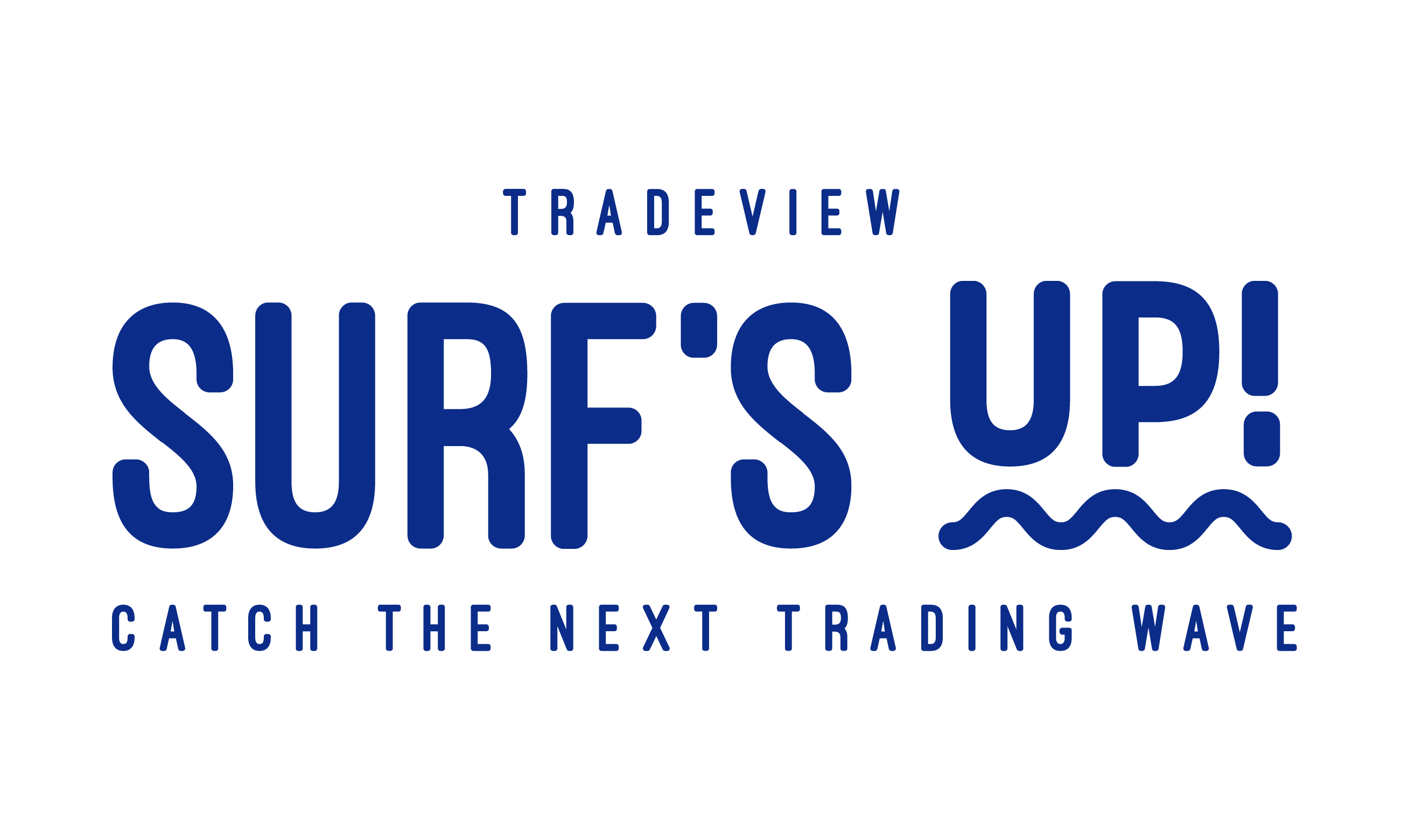Market Sentiment
Market Sentiment tends to reflect on market asset fluctuation. Market Sentiment involves traders’ attitudes toward a specific asset, a set of assets, or even news or trends that might affect the Market.
People’s beliefs and sentiments toward the market, an institution’s decision, or even a world development can boost an investor´s trading behavior towards what he or she thinks might be best.
Even as a single trader thinks is making a single trading move to safeguard the portfolio and investment goals, many traders doing the same can imply a collective action is starting to arise. And collective actions can affect the overall market.
Market Sentiment provoking an Inverted Yield Curve
US Treasury Inverted Yield Curve
Market 10-year Bond Yield Inverted Curve
Solid US Dollar Inverted Yield Curve
Market Sentiment Provoking an Inverted Yield Curve
The Inverted Yield Curve
This kind of curve develops when long-term rates or earnings experience an unusual drop below what a trader can gain for a short-term asset of the same kind. An Inverted Yield Curve can occur when short-term interest rates are higher than long-term interest rates, which results in a higher demand for assets with short-term interest rates.
This curve also illustrates how interest rates decrease as the maturity date comes closer, and can be interpreted as negative by investors and economists. The curve is also known as the “Negative Yield Curve” as it has been proven historically to indicate in most cases of a coming recession.
The Inverted Yield Curve is not as common as one could expect. Trends impulsing a yield curve of a flattening move in the market are more usual to find.
US Treasury Inverted Yield Curve
The US Treasury yield fluctuates depending on both demand and people’s economic expectations. Market ups and downs are set by those participating in the market itself and not by the Federal Reserve. Even as the Fed. does make changes in rates both in the short and long term, the control over market auction is its participants. These are their reactions to the Federal Reserve decisions, and ultimately their own decision-making process and actions in the market.
For example, the US treasury yield curve is now inverted, meaning that the long-term bond yields are lower than the short-term bond yields. This is usually the other way around considering the long-term bonds should pay a higher maturity premium to account for the higher uncertainty that goes with investing further into the future.
The inverted treasury yield curve is often considered a recession indicator, which could also mean that the market considers that the Federal Reserve is hiking interest rates in the short run to slow down growth in the long run.
Interest Rate for US Treasury Yield Curve
(1 Month – 30 Years)

The graph has been built using data published by the U.S. Department of Treasury.
Market 10-year Bond Yield Inverted Curve
The 10-year bond yield, which is considered a significant financial measure, has been on a downtrend for the last 35 years and has just recently reached the furthest above its trend in 28 years, slightly breaking the long-term trend in 1994, which was also the last time the Federal Reserve surprised investors with consecutive aggressive rate hikes. You can see how the Inverted Yield Curve has been developing.
Market Yield on U.S. 10-year bond
(Sept 1987 -Sept 2022)

Source: FRED Economic Data
Solid US Dollar Inverted Yield Curve
The US dollar has remained strong as of writing. This is shown by the DXY at a level not seen since 2002. The recent uptrend in the US dollar is driven by recession fears in the market, which makes sense given the US dollar is often considered the safest asset to own in times of uncertainty like the one we are currently at.
The surge against other currencies works as a domino effect, the dollar-denominated assets become more expensive for investors holding foreign currencies, which can be seen in the recent fall in oil futures prices among other commodities. Causing uncertainty and fear among traders and investors across other markets.
DXY Chart
(Sept 1986 – Sept 2022)
.

Source: Market Watch
The Bottom Line
The inverted yield curve and the strong dollar are just some signs or indicators of investor sentiment. We are now facing one of the hardest times for the markets due to the uncertainty created by geopolitical conflicts and monetary instability giving a feeling of impotence and discomfort among investors.
It could be said this might be an opportunity to buy low and sell high but the same uncertainty leaves the market with no grounds to believe the bottom is near. Now it is just left to decide, time in the market or timing the market?
About Tradeview Markets
Opening your online trading account with Tradeview is easy and secure. Tradeview also offers Forex Trading. Open a Live account OR try our demo account to experience trading without risk.
Author: Emiliano Gama
Intern







